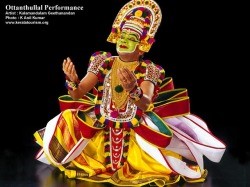Free Courses Sale ends Soon, Get It Now


Free Courses Sale ends Soon, Get It Now



Disclaimer: Copyright infringement not intended.
Performance:
Types:
Thullal is classified as Ottan, Seethankan and Parayan based on the difference in costume, dance and also the metre and rhyme of the Thullal songs.
Ottan Thullal
Sheethankan Thullal
Parayan Thullal
https://www.thehindu.com/news/national/kerala/kerala-school-kalolsavam-2023-the-need-to-take-ottanthullal-forward/article66343344.ece
© 2024 iasgyan. All right reserved